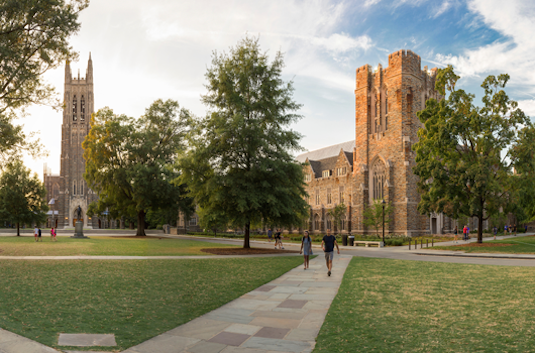Multi-Scale Biomechanics of Blood Flow for Vascular Development, Repair, and Rejuvenation

Abstract: During cardiovascular development, peristaltic contraction of the embryonic heart tube produces time-varying hemodynamic forces and pressure gradients across the atrioventricular canal. However, the relative importance of myocardial contraction and hemodynamic force to modulate cardiovascular morphogenesis in the non-Newtonian flow regime remains poorly understood. By developing the 4-D light-sheet fluorescent microscope and post-imaging machine-learning algorithms, we recapitulate flow-mediated molecular transducers underlying the vascular injury and regeneration in the zebrafish vascular injury model. We further elucidate exercise training-mediated transcriptomic interaction underlying activation of endothelial SCD1 to catalyze anti-inflammatory metabolites. In this context, we integrate multi-scale mechano-transcriptomic interaction from zebrafish to mouse models and demonstrate flow-responsive molecular transducers as therapeutic targets for cardiovascular development, repair, and protection.






